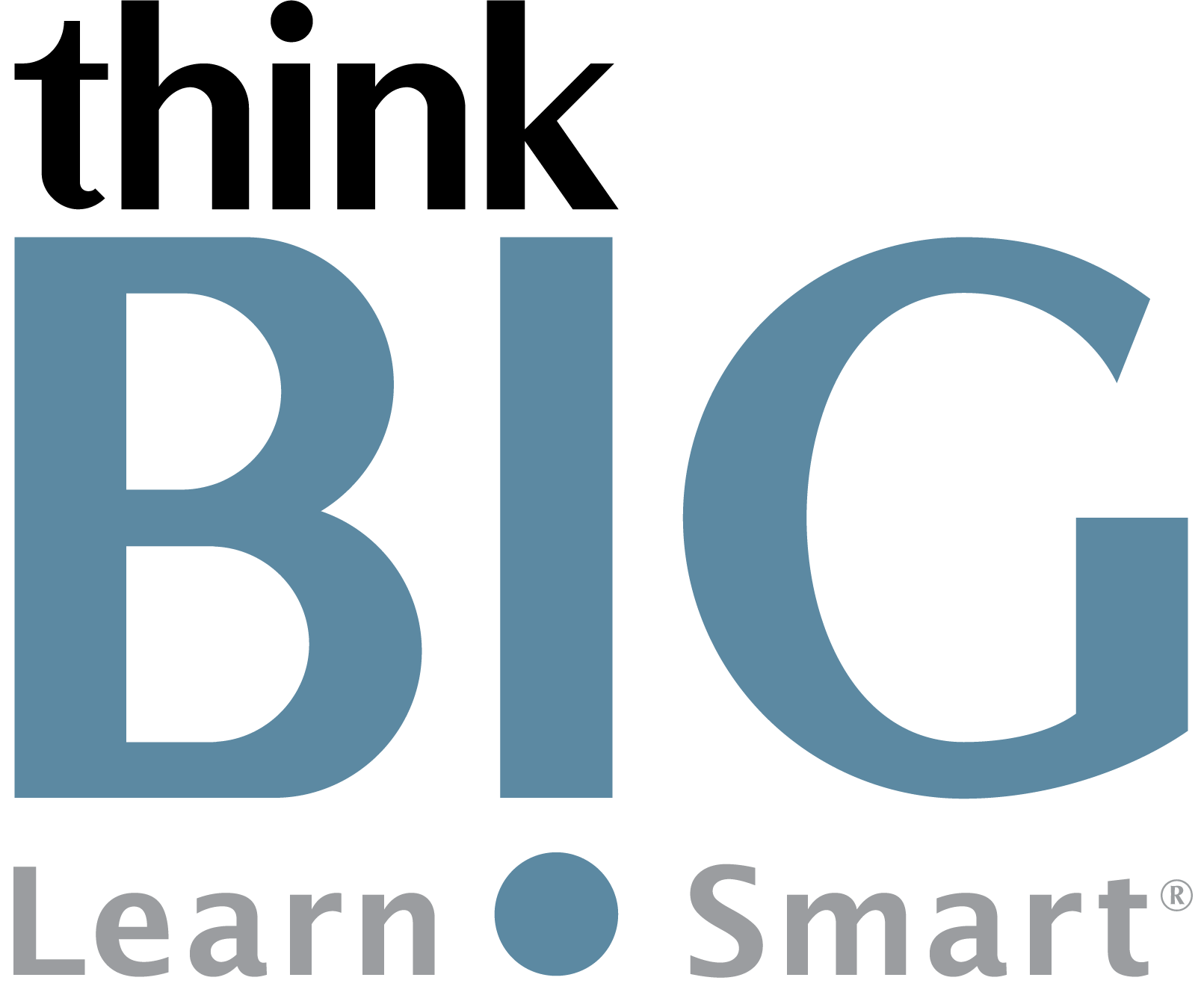Course Overview
TOP
In this two-day Video Production Lighting Techniques Course, you will learn how to create high-quality video images using advanced studio lighting best practices and techniques. This course will teach you how to use lighting and shooting methods for a range of lighting setups. During the course of the training, you will be learning basic set-up, as well as creative lighting in a variety of different settings including Educational, Promotional, Informational, Documentary, Talking Head Videos, Interviews, YouTube videos, and Photojournalism. You will gain knowledge on video lighting for video-capable DSLR or Mobile device (or any video-capable camera with full manual control e.g. mirrorless camera, DSLRs, and camcorders). This course is useful for Video Professionals using applications such as Adobe Premiere Pro, After Effects, DaVinci Resolve, Final Cut Pro X, and for eLearning Professionals using applications such as Adobe Captivate, Articulate Storyline, and Camtasia.
Scheduled Classes
TOPWhat You'll Learn
TOPOutline
TOP1. Lighting Terminology & Uses
Accent light
Backlight
Barn doors
Black wrap
C-stand
Color temperature
Diffused light
Fill light
Flags
Flat lighting
Gel
Hard/Soft shadow
Kelvin (K)
Key light
Kick light
Lumens
Lux
Light Modifier
Filter / ND Filter
Natural light
Reflected light
Reflector
Rim light
Spill
Three-point lighting
Umbrella
2. Introduction to Lighting Fundamentals
5 Basic reasons to Light: Exposure, Modeling, Depth, Mood & Effect
Types of Light (Hot lights and cool lights e.g., halogen, tungsten, LED)
Three-point lighting & more
Working with Cyc Lights
Exposure Control (Exposure Triangle)
Measuring Light (Incident vs Reflective)
Measuring Light (Color Temperature)
Video Scopes & Light Meters
Matte Boxes & French Flags
Working with Field Monitors vs Internal Monitors
Cable management
Safety Tips
3. What You See vs. What Your Camera Sees
Legal Video Signal & Reading Video Scopes
Proper Exposure
Controlling Contrast
Controlling Color
RGB Color Channels
Using LUTS
Monitor LUTS
Input LUTS
Output LUTS
The Kelvin Temperature Scale
4. Basic Lighting Techniques
Basic Lighting Setups
Using Reflectors
Using Key Light
Using Fill Light
Using a Back or Kicker for Modeling
Using Soft Lights
Hard or Soft Shadows
Flat lighting & a Sense of Depth
Lighting for Motion
Blocking Shots & Lighting”
5. Interview Setups
Basic Three-point Interview Setup
Detail Lighting Interview Setup
Using Makeup on Talent
Working Against Harsh Lighting
Hard & Soft Lighting
Not Blinding Talent
Lighting for Cut-a-ways
Multi-cam Interview Lighting
On Location Power Considerations
Dealing with Windows
Pack it In/Pack it Out
6. Lighting for Virtual Meetings
Look the part
Light from in front, not behind
Balance your light
Watch your light position
Consider your backgrounds
Get lighting equipment (professional vs. do it yourself)
Test your setup
7. Solving Common Scenarios
Hot Spots: Reflective Surfaces
Eyeglasses
Production Gear and Light Sources in Frame
Lighting a Range of Skin Complexions
Too Much Light or Too Little Light
Different Color Temperatures in the Scene
Shooting with a Digital Cinema Camera, DSLR or a Mobile Device
8. Advanced Lighting Setups: Artificial Lighting vs Ambient Lighting
Lighting in a Controlled Environment v. Uncontrolled Environment
Using and Controlling Natural Light (Indoors v. Outdoors)
Enhancing Natural Light
Using and Controlling Artificial Light
Studio Lighting v Field Production Lighting
9. Lighting Patterns/Styles
Rembrandt Lighting
Loop Lighting
Hollywood Lighting
Posing Talent Naturally
Single Source Lighting
Butterfly lighting
Split Lighting
Rim Lighting (Subject to Background Separation)
Broad Lighting
Short Lighting
Detail Lighting
10. Lighting for Greenscreen/Bluescreen
Light Your Talent & Green Screen Separately
The Importance of Even Lighting
Ensure proper Wardrobe on Talent
Working with Hair and Eyes
Positioning talent
Working with a 3-Point Lighting on Talent
Using Additional Lights
Controlling Shadows
The Power of the Soft Light
Shooting for a Garbage Matte
11. Practical Considerations: Lighting Equipment List
Stands (and other basic grip equipment)
Dimmers
Local Power vs Portable Power
Bulbs
Color Correction gels
Neutral Density (ND) Gels or ND filters
C47s (clothespins)
Stingers (extension cords)
Circuit Tester
Gaff tape
Tennis balls
Dulling spray
Wedges
Make up
Light meter and/or Lux Light Meter Pro
Field Monitors & Monitor Recorders
Sand Bags
Flags
Matte boxes
Disclaimer: All course objectives and outlines are used as a guideline and are subject to change to ensure the latest information is covered to support real world use of the technology.
Prerequisites
TOPNo previous video lighting experience is required. It is useful for students to have experience with digital cameras and Adobe software products. This course is highly recommended for students who have attended our Videography Fundamentals training course.

